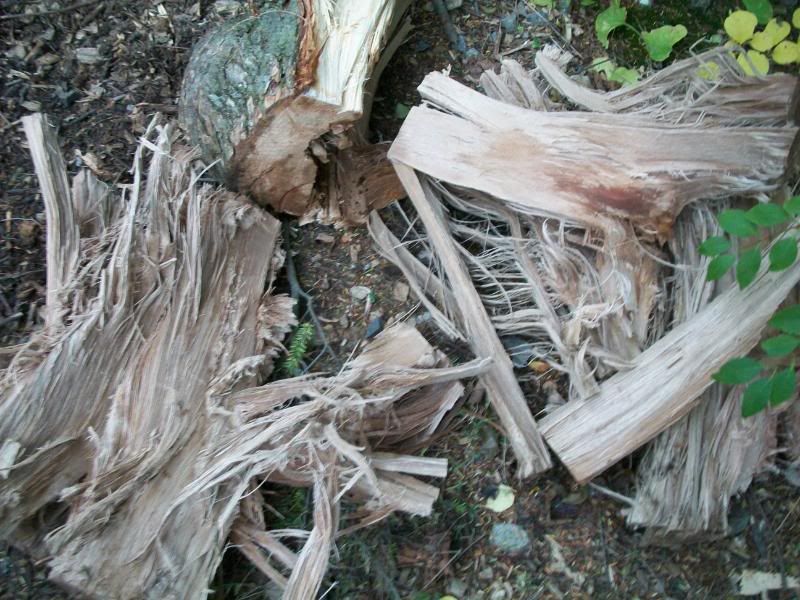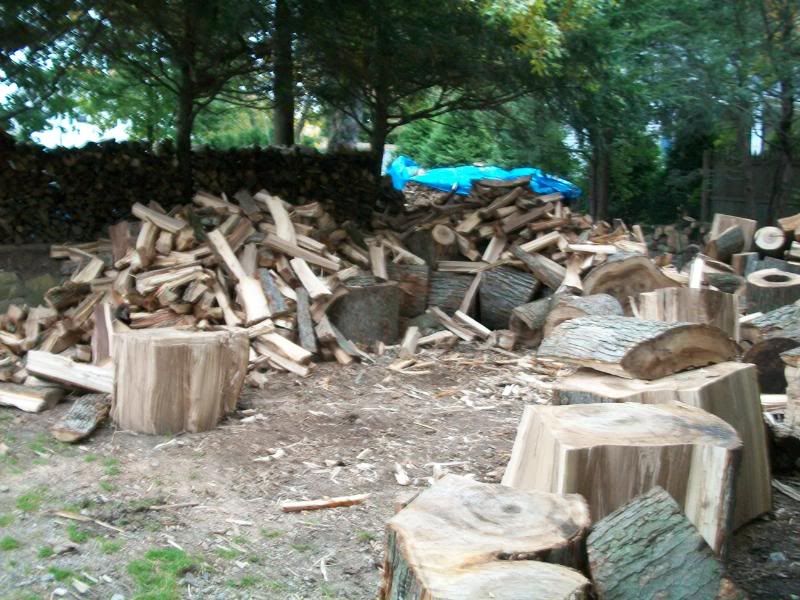Burdens webpage - Tech Help has on the left side of the page Hydraulics, sub category Calculators, sub category Force & Speed. On that page are calculators for force and speed. Two separate calculators not one. Guess I wasn't clear. They also have a lot of other interesting info.
https://www.surpluscenter.com/techhelp.asp?catname=hydraulic
Ahhhh... now the light bulb is coming on.
Actually, the calculators they have are simplified versions of the spreadsheets I run.
I just wasn't seeing the connection in your comments to the table that was presented...






